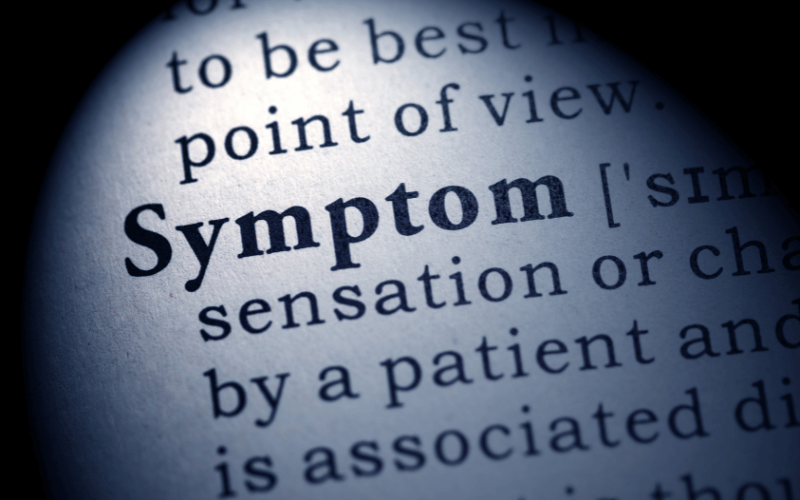3. Recognizing the Symptoms: Early Warning Signs of Type 2 Diabetes

Early detection of type 2 diabetes can make a significant difference in managing the condition and preventing complications. The symptoms can be subtle and often mistaken for normal signs of aging or stress. However, recognizing these early warning signs is key to prompt diagnosis and treatment.
Common early symptoms include increased thirst and frequent urination, driven by the body’s attempt to flush out excess glucose. Unexplained weight loss, despite eating more, can also be a sign, as the body starts breaking down muscle and fat for energy, unable to use glucose effectively. Fatigue and irritability are common, stemming from the body’s inability to properly utilize glucose for energy.
Blurred vision is another early symptom, caused by high blood sugar levels pulling fluid from the lenses of the eyes. Slow-healing sores or frequent infections can also indicate diabetes, as elevated glucose levels impair the body’s healing process. Furthermore, areas of darkened skin, particularly in the neck and armpits, may signal a condition called acanthosis nigricans associated with insulin resistance.
These symptoms can creep up slowly, making them easy to dismiss. However, being vigilant about such changes, especially for those at risk, is crucial. Early intervention can significantly improve the management of type 2 diabetes, reducing the risk of severe complications.
Recognizing the early signs of type 2 diabetes is not just about being aware of potential symptoms. It’s about paying attention to one’s body and noticing changes that may warrant a closer look. This vigilance is a key step in taking control of one’s health and wellbeing. (3)